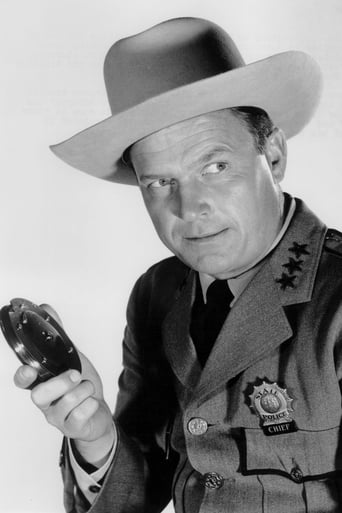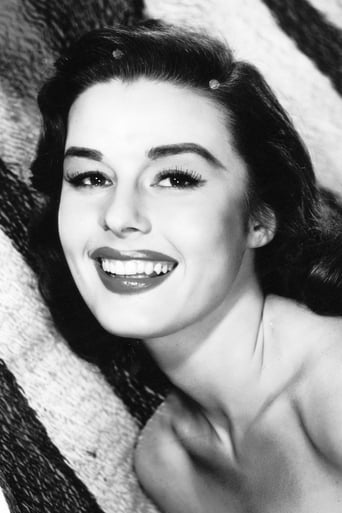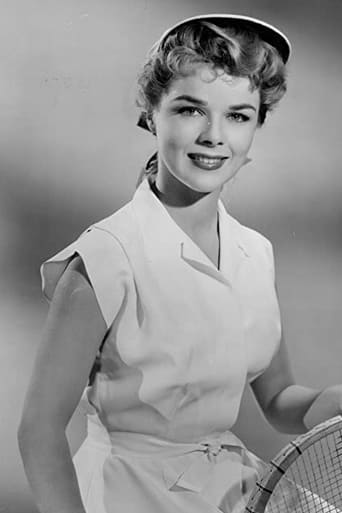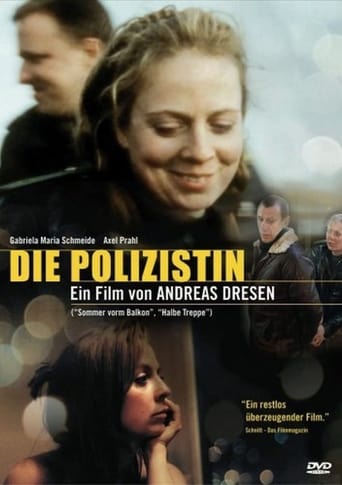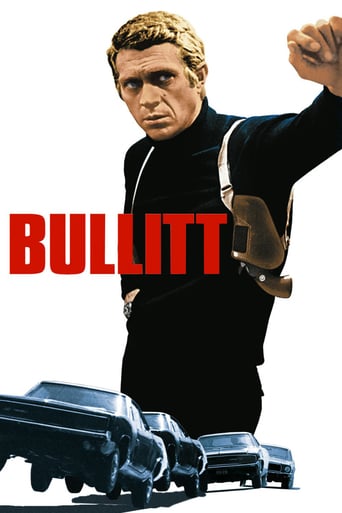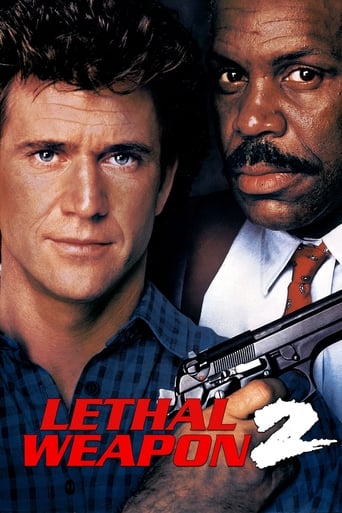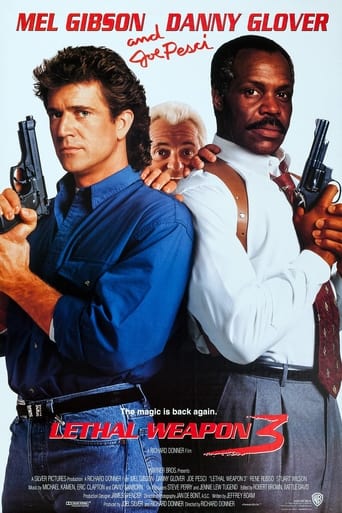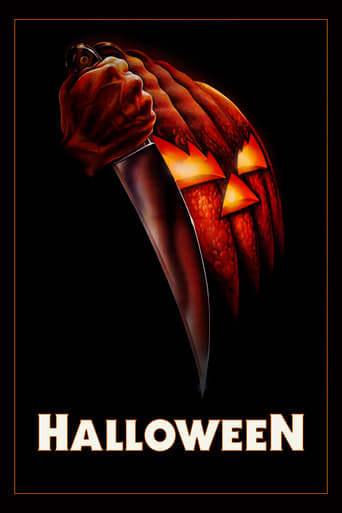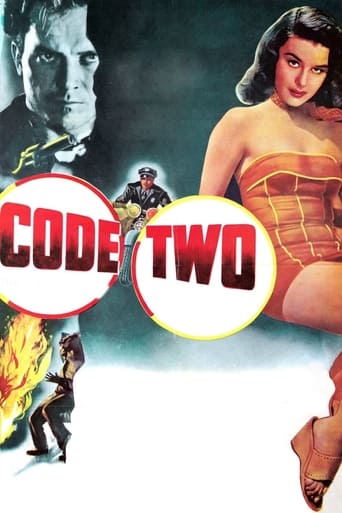
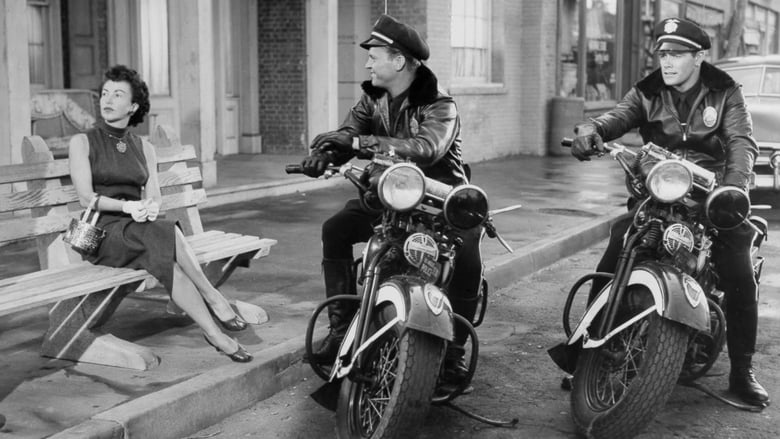
Code Two (1953)
Three young men train to become motorcycle cops.
Watch Trailer
Cast
Similar titles
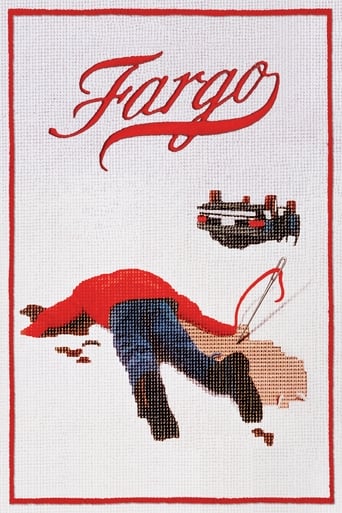
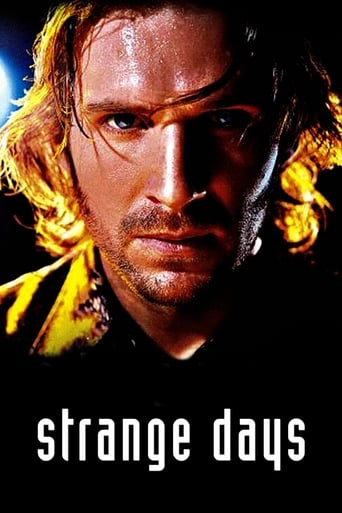
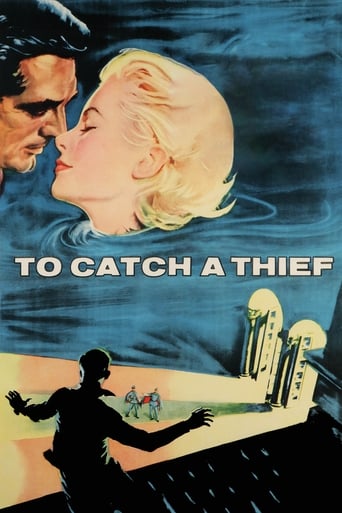
Reviews
There is, somehow, an interesting story here, as well as some good acting. There are also some good scenes
While it is a pity that the story wasn't told with more visual finesse, this is trivial compared to our real-world problems. It takes a good movie to put that into perspective.
The storyline feels a little thin and moth-eaten in parts but this sequel is plenty of fun.
It's simply great fun, a winsome film and an occasionally over-the-top luxury fantasy that never flags.
Code Two from MGM's B picture unit is the story of three rookie cops at the Police Academy and then their first assignments on motor patrol with the LAPD. This is not a Police Academy film by any means, it could have been done by Jack Webb. At Warner Brothers in the Thirties the rookie with the big mouth and attitude would have been played by Jimmy Cagney.And the training officer would have been played by Pat O'Brien. Here at MGM in the Fifties the parts are played by Ralph Meeker and Keenan Wynn respectively. The other two rookies are Jeff Richards and Robert Horton.All three opt for motorcycle patrol and within days of being assigned Richards is killed when he stops a truck doing a little smuggling. After that Meeker loses the attitude and he and Horton take leave just to find Jeff Richards' killers.Code Two is a combination of a long Dragnet episode and one of those basic training military films. Meeker is kind of a lovable lout who gets real serious as the occasion calls.There's some good Los Angeles location photography and nicely staged action sequences. All in all an acceptable B programmer.
I was an LAPD Explorer in the late 1960"s and had shot on the Academy pistol range. The movie showed the Los Angeles Police Department Headquarters (outside) before Parker Center was built. It also showed the real Academy with the pool, parade ground, a fenced area, indoor training area, dispatch, and pistol range. The part that was not real was the dining room. The dining room looked like a movie set. Some of the the motorcycle training looked real too like laying down the bike and driving through the cones. Like I learned during my motorcycle training course (civilian), it does not take much of a rider to go fast. The trick is how slow can you go!. It was also interesting how the movie gave a plug for the Los Angeles County Sheriff's Department. The movie had everything I like bikes, guns, and cops. What else is there.
By 1953 Hollywood's biggest threat was television, much like radio had been in the twenties. Films were coming up with different gimmicks, like 3D and widescreen ie Vista Vision etc but television came up with some interesting ideas as well, like the proliferation of realistic police shows such as "Dragnet" (which actually was developed from the noir movie "He Walked By Night"). It seemed that every crime division had a series - "Racket Squad", "Federal Men", "Decoy" had Beverly Garland as an undercover cop and there was even a "Code 3" series which was a nitty gritty show on police procedure that producers hoped would compete with "Dragnet" - but it didn't.This movie starts with some graphic scenes of the aftermath of crashes, some statistics and some grim commentary - "this woman was on her way to the beauty parlour - she won't be so beautiful now", then the titles come up, trying to fool the cinema audience into thinking that they were watching a movie length "Dragnet" - but they were not fooled for long. This film was a tribute to the motorcycle cop and after 20 minutes showing the basic training of the rookie cop, it soon got bogged down in their personal lives - until the last 20 minutes. There are three buddies, Russ Hartley (Robert Horton), happily married but who can't bring himself to tell his wife he has applied for motor cycle duty, Harry Whenlon (Jeff Richards) whose father was killed in the line of duty and O'Flair (Ralph Meeker) a wise guy and skirt chaser. Keenan Wynn plays tough but fair Jumbo Culdane who can see O'Flair has the makings of a good cop.It takes the death of Whenlon for O'Flair to come to his senses and the last part of the film has all the action as he tracks down and follows the cattle truck to it's destination. There are a couple of realistic fights and a shoot out all played out around a vat of quick lime. William Campbell, billed as "the killer" is not so lucky - he is one of the first to go. There is a pretty cheesy ending as luscious Elaine Stewart, whose performance in the film should have been a kick start to better things, promises to visit O'Flair in hospital again, but two seconds later he proves he has not lost his sleazy ways as he quickly chats up a nurse.Sally Forrest, who had the very thankless role of Mary, Hartley's wife, was a discovery of Ida Lupino's and proved she was up to the high dramatic performances in some of Ida's ground breaking films. However when Ida stopped directing, Sally became just another pretty leading lady and "Code Two" was the beginning of the end. The rest of the cast was made up of actors who would make their own name in TV (Robert Horton, Chuck Connors in a bit part) and James Craig, probably hoping this would lead to a comeback.With his easy going style (usually hiding psychotic tendencies) and his natural acting, it was hard to believe Ralph Meeker was not a film veteran when he made this. He was a stage veteran though and went on to star in the Broadway production of "Picnic". I always thought he was the perfect "Alfred Hitchcock Presents" leading man, starring in the very first episode "Revenge".
The first half of this modest 69-minute movie tells, in semi-documentary fashion, of the training of rookie cops in early 1950s Los Angeles. Needless to say, all these rookies are white males but it's the "dated" quality of the movie which lends it a curiosity value as an artifact of its time. Police buffs should enjoy looking over the equipment, the uniforms, the training techniques, the investigation methods, etc.A let's-catch-the-cop-killers plot takes over in the second half. It's minor stuff but affords an opportunity to look over a cast soon to find greater success in TV westerns. There's Robert ("Wagon Train") Horton and Jeff ("Jefferson Drum") Richards and -- in a small part -- Chuck ("The Rifleman") Connors. Rounding out the cast of cops are Ralph Meeker and Keenan Wynn. There's a certain "fetish" appeal in seeing these men in boots and leather jackets and motorcycle pants, and Meeker, Horton, and Richards also do a "beefcake" scene by a lake where they appear in swimsuits. (Richards must have tipped the wardrobe department to give him the snuggest-fitting suit.) A few scenes appear to be shot on actual L.A. streets but much of it is recognizable as the MGM back-lot. Somewhere, on one of those hills, Robert Horton would soon be stripped to his shorts and tortured by North Korean guards in "Prisoner of War."Director Fred Wilcox later helmed the classic "Forbidden Planet."
